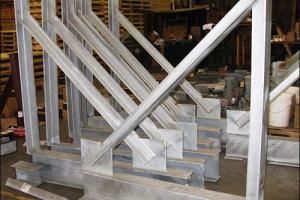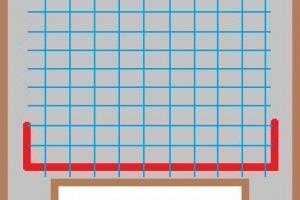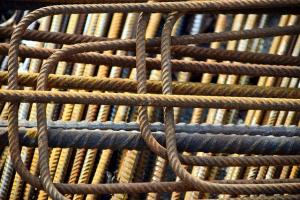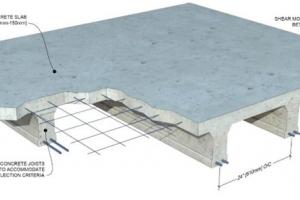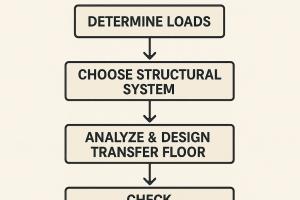Bonded Concrete Slab Post Tensioning
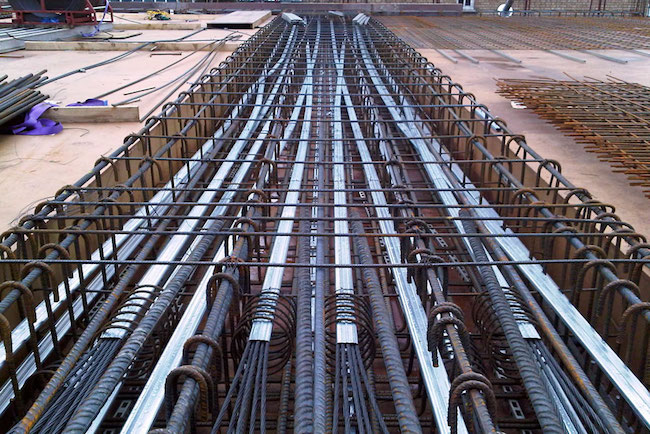
This can be defined as the method of applying compression force on concrete after it has been poured and cured.
Introduction to Post tensioning and benefits of post tensioning in concrete slab
Post-tensioning is a method of reinforcing (strengthening) concrete or other materials with high-strength steel strands rebars, typically referred to as tendons. It has the following benefits as compared to unbonded post tensioning.
Bonded post-tensioned concrete is the descriptive term for a method of applying compression after pouring concrete and the curing process (in situ). The concrete is cast around plastic, steel or aluminum curved duct, to follow the area where otherwise tension would occur in the concrete element.
A set of tendons are fished through the duct and the concrete is poured. Once the concrete has hardened, the tendons are tensioned by hydraulic jacks that react against the concrete member itself. When the tendons have stretched sufficiently, according to the design specifications (see Hooke's law), they are wedged in position and maintain tension after the jacks are removed, transferring pressure to the concrete.
The duct is then grouted to protect the tendons from corrosion. This method is commonly used to create monolithic slabs for house construction in locations where expansive soils (such as adobe clay) create problems for the typical perimeter foundation. All stresses from seasonal expansion and contraction of the underlying soil are taken into the entire tensioned slab, which supports the building without significant flexure. Post-tensioning is also used in the construction of various bridges; both after concrete is cured after support by falsework and by the assembly of prefabricated sections, as in the segmental bridge.
The advantages of this system over un-bonded post-tensioning are:
- Large reduction in traditional reinforcement requirements as tendons cannot de-stress in accidents.
- Tendons can be easily 'weaved' allowing a more efficient design approach.
- Higher ultimate strength due to bond generated between the strand and concrete.
- No long term issues with maintaining the integrity of the anchor/dead end.
Advantages of Post-tensioning
- Allows longer clear spans, thinner slabs
- Lower overall building height for the same floor-to-floor height.
- Allows a high degree of flexibility in the column layout, span lengths and ramp configurations
- The use of traditional reinforcement requirement can be reduced as tendons cannot de-stress in accidents.
- Increases the ultimate strength due to strong bond between the strand and concrete.
- Significant savings in costs can be achieved by post tensioning in concrete slabs because of:
- Reduced cracking and deflections
- Reduced storey height
- Better Water tightness
Placement of Tendons
- Positioning and fixing of casting and block-outs to the edge formwork or construction joint form work
- The support bars shall be prepared in advance.
- Lay tendons according to tendon layout in accordance with the drawings.
- Fix tendons to correct profiles with support bars and chairs and the tendons are made with provisions for grouting using grout using grout vents and grout hoses
- Prepare installation report for every installation as per the enclosed format.
- Tolerance of tendon profiles is recommended as follows:
- vertical: + 5 mm (at lowest and highest points)
- Horizontal: + 100 mm







